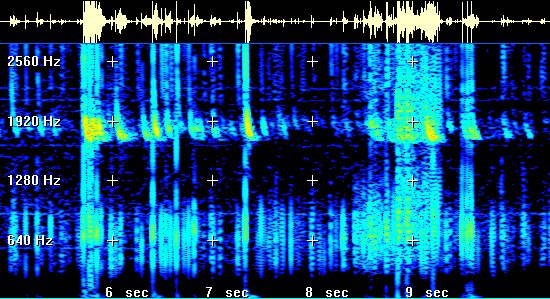

Sferics | Tweeks | Whistlers | Dawn/Auroral Chorus | Space-Weather Prediction Websites | Best Times to Listen | Russian Alpha Radionavigation Signals | Finding Listening Sites | Insect Wing Noises | About Headphones and Speakers for the WR-3 | Recording with the WR-3/ | Receiver Specifications | Quick Tips | ANTENNA
Vlf receiver lightning detector plus#
One or two series 47 K resistors(s) plus a parallel termination-resistor of 1K suffices fine for interfacing the WR-3 joint 3.5mm audio-output jack (headphone level audio) of the WR-3 to the mic-level input of PCs and phones so you may employ their recording apps! (Stephen P.

the lowest conductor closest to the "holder" of the plug (3.5 mm type/4-conductor) is the mic-level connection).
Vlf receiver lightning detector how to#
about how to interface the WR-3 output jack to the newer PC/phone 4-conductor jacks that combine stereo audio outputs with a monoural mic-level input (i.e. Information for recording using Sony Mini-Disc (MD) recorders and memory-chip-recorders (like my Zoom H2 employing an SD-card) has been added to the Recording section. This WR-3 Receiver booklet/guide is also highly useful for all Natural Radio listeners due to its interesting information pertaining to Natural VLF Radio that I have been compiling since 1991. This WR-3 Listening Guide was first begun in mid-1991 and updated as of THE POCKET-PORTABLE WR-3 NATURAL-VLF-RADIO PHENOMENA RECEIVER Additional receiver stations are continuously being added to the network, acting to improve this detection efficiency.WR-3 VLF Receiver Listening Guide / Natural VLF Radio Listening Guide

These results are generally consistent with previous comparison studies of the WWLLN with other regional networks around the world. The mean time difference (WWLLN - CLDN) between shared events was -6.44 μs with a standard deviation of 35 μs, and the mean absolute location accuracy was 7.24 km with a standard deviation of 6.34 km. The detection efficiency is seen to have a clear diurnal dependence, with a higher detection efficiency at local midnight than at local noon this is attributed to the difference in the thickness of the ionospheric D-region between night and day. The peak current threshold for WWLLN detection is found to be ~20 kA, with its detection efficiency increasing from 11.3% for peak currents greater than 20 kA to 75.8% for peak currents greater than 120 kA. Using this criterion, 19 128 WWLLN strokes (analyzed using the Stroke B algorithm) were shared with CLDN lightning strokes, producing a detection efficiency of 2.8%. Events were considered shared between the two networks if they fell within 0.5 ms of each other. Through a comparison with measurements made by the Canadian Lightning Detection Network (CLDN) between May and August 2008 over a 4° latitude by 4° longitude region centered on Toronto, Canada, this study found that WWLLN detection was most sensitive to high peak current lightning strokes. Since detection is done in the VLF range, signals from high peak current lightning strokes are able to propagate up to ~10 4 km before being detected by the WWLLN sensors, allowing for receiving stations to be sparsely spaced. Its objective is to locate as many global lightning strokes as possible, with high temporal and spatial (< 10 km) accuracy. The World Wide Lightning Location Network (WWLLN) uses globally-distributed Very Low Frequency (VLF) receivers in order to observe lightning around the globe.


 0 kommentar(er)
0 kommentar(er)
